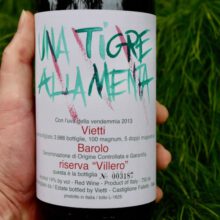
Product information
Vietti Barolo Riserva ‘Villero’ 2013
$1,095
Description
Vietti’s 2013 Barolo Riserva Villero is a showstopper. Wow! dense, powerful and richly constituted, the Villero captivates from the very first taste. Smoke, scorched earth, gravel, cured meats and black cherry are some of the many notes that inform this decidedly somber, brooding Barolo. The interplay of fruit density and structure is just captivating. Time in the glass brings out a whole range of exotic red fruit blood orange and floral overtones, along with huge swaths of tannin. This is the first vintage in which 100% of malolactic fermentation took place in cask rather than in French oak barrique. It is also the finest vintage of the Villero I have ever tasted, and I say that with my often stated view that, at least in the past, the Riserva has never been the best wine in the Vietti range. In a word: dazzling.
Antonio Galloni
In stock





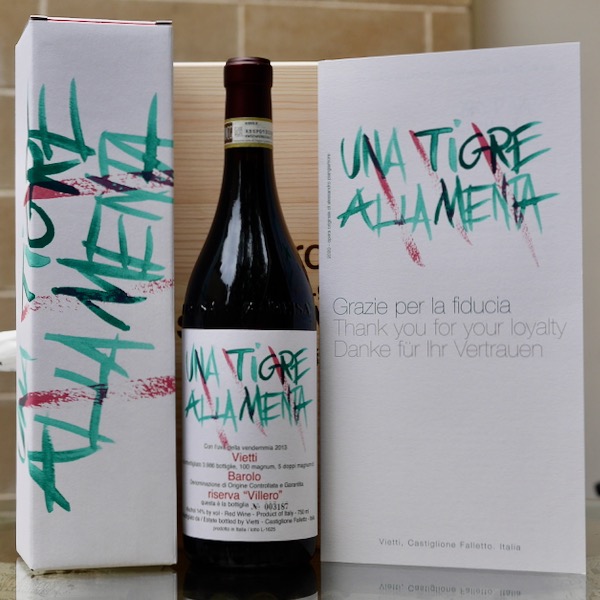





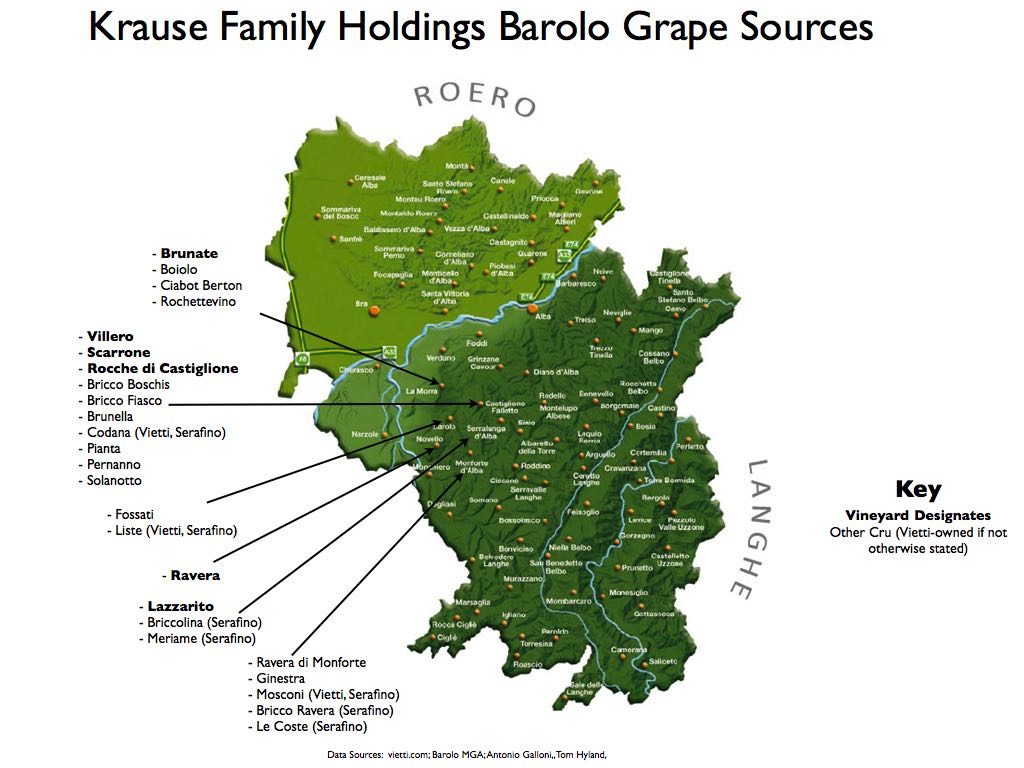
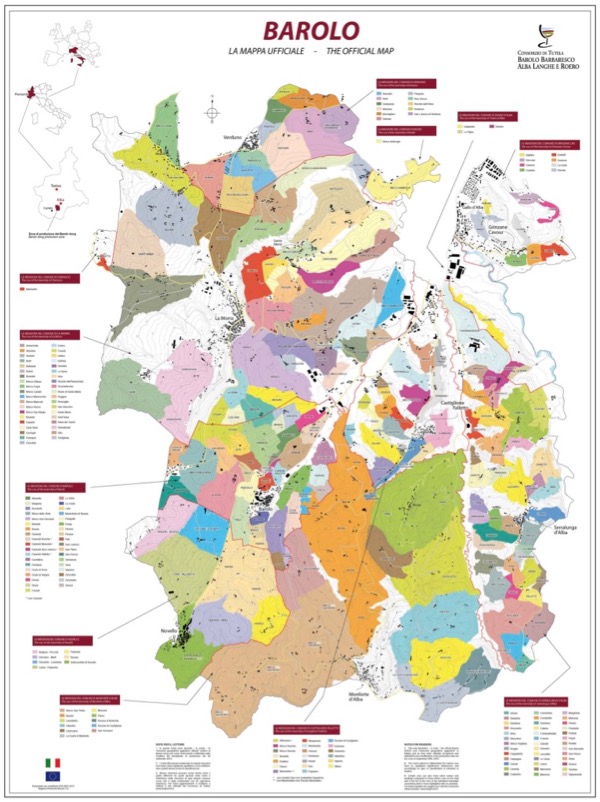
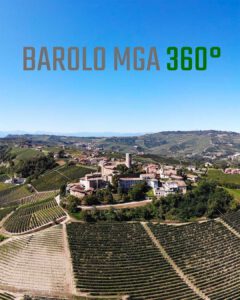
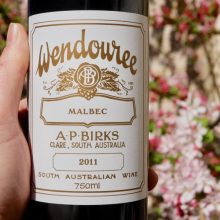
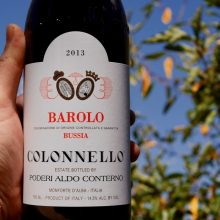
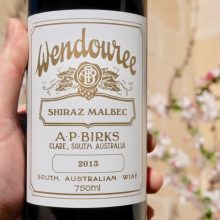
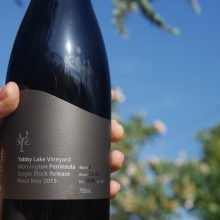
You must be logged in to post a comment.